- Home
- Fleet Vehicle Maintenance
- Vehicle Lubricants Fluids
Vehicle Lubricants & Fluids
Antifreeze and coolants protect vehicles from extreme temperatures and prohibit corrosion in radiators. Brake fluids prevent moisture-related corrosion and damage from road debris in braking system. Diesel exhaust fluids (DEF) help SCR diesel engines meet EPA standards. Engine and motor oils lubrica .....Read More
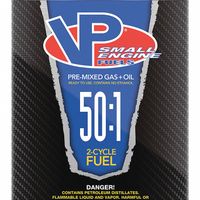
2-Cycle & 4-Cycle Fuels
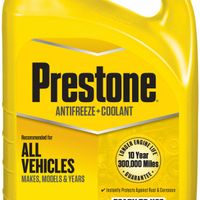
Antifreeze & Coolants
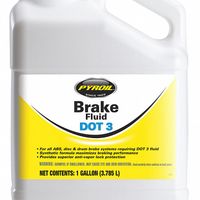
Brake Fluids
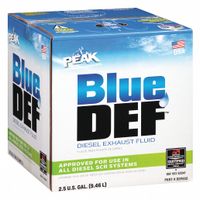
Diesel Exhaust Fluids (DEF)
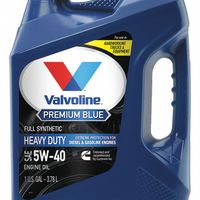
Engine & Motor Oils
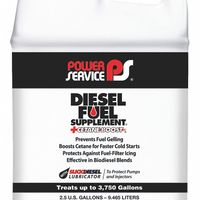
Fuel & Engine Oil Additives
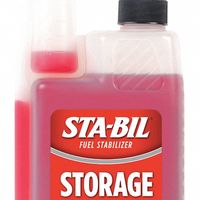
Fuel Stabilizers & Fogging Oils
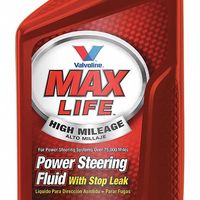
Power Steering Fluids
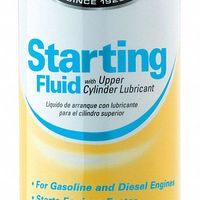
Starting Fluids
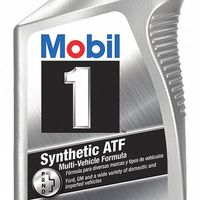
Transmission Fluids & Gear Oils
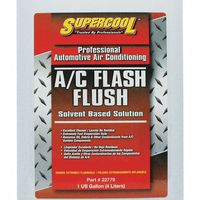
Vehicle Flushes
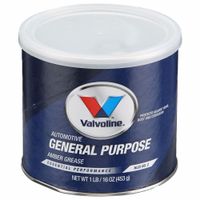
Vehicle Grease & Lubricants
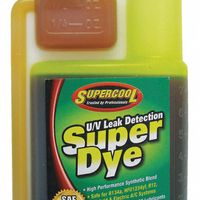
Vehicle UV Leak Detection Dyes, AC Oils & Coolant Additives
Frequently Asked Questions
What is the difference between antifreeze and coolant?
How often should I change my vehicle's antifreeze or coolant?
What are the signs of low brake fluid in a vehicle?
How does diesel exhaust fluid (DEF) work in diesel engines?
What is the best type of engine oil for my car?
How do fuel stabilizers work to protect fuel systems?
What is the purpose of power steering fluid in a vehicle?
How do I know if my transmission fluid needs to be changed?
What is the difference between 2-cycle and 4-cycle fuels?
How do UV leak detection dyes work in detecting fluid leaks?